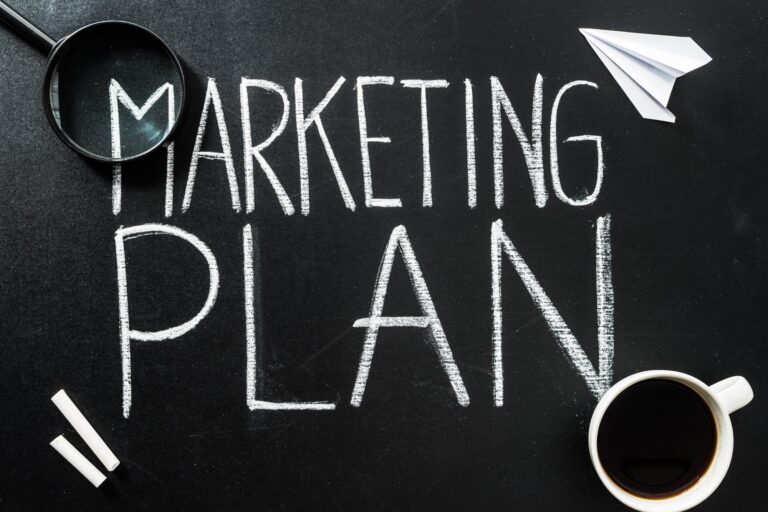
opibility
Call Us @
317.732.5185
Email Address
info@opibility.com
317.732.5185
info@opibility.com
Whether you manufacture industrial equipment, OEM components, or consumer goods, growing to $20 million in annual revenue requires more than efficient operations. It demands a marketing strategy that generates qualified leads, supports the sales pipeline, and builds long-term customer relationships—especially in a sector where buying decisions are complex, price-sensitive, and often driven by specs and trust.
This blog outlines a practical, scalable marketing plan designed specifically for growth-stage manufacturers.
Start by defining who your ideal customers are—not just by company size or industry, but by:
Purchase frequency and volume
Engineering or technical needs
Geography and distribution channels
Pain points your product directly solves
Key Personas Might Include:
Purchasing Managers at OEMs
Plant Engineers and Production Supervisors
Sourcing Agents for private-label retailers
Action Items:
Analyze your top 20% of customers by revenue and margin
Create 3–5 buyer personas with detailed decision journeys
Rank segments by profitability and strategic alignment
With a $20M revenue target and an average order size of $50,000, you’ll need 400 orders/year, or about 34 per month. If your win rate is 25%, that means 1,600 qualified leads per year.
Action Items:
Define MQL and SQL criteria collaboratively with sales
Establish monthly targets across your sales funnel
Build dashboards to track conversion rates by segment and channel
B2B buyers in manufacturing research solutions long before talking to sales. Equip them with self-serve content that demonstrates your value.
Content Examples:
CAD-ready product spec sheets and technical PDFs
Application notes and use case videos
ROI calculators comparing in-house vs. outsourced manufacturing
Case studies showing process improvement or reduced downtime
Action Items:
Launch a resource center with gated content to drive lead gen
Publish new content monthly—prioritize middle and bottom of funnel
Enable sales with one-pagers and engineering diagrams
Your buyers live in trade publications, LinkedIn, email, and industry events. Reach them in all of those places—consistently.
Channel Priorities:
LinkedIn Ads targeting roles like Plant Manager, VP of Ops, or Engineer
Google Search Ads for keywords like “precision CNC machining” or “private label food-grade packaging”
Trade shows like Pack Expo, FABTECH, or MODEX
Email nurtures tied to product category or industry
Sample Marketing Budget Breakdown (for $2M spend):
Paid ads (LinkedIn, search, retargeting): 30%
Trade shows & sponsorships: 25%
Content development: 20%
CRM, automation, analytics tools: 15%
Video/photography & media outreach: 10%
Your sales cycles might be lengthy or involve technical demos—so attribution and tracking are critical.
Track Metrics Like:
Cost per MQL and SQL
Opportunity value by source
Quote-to-close ratio
Pipeline velocity (time from first touch to close)
Retention rate and repeat order value
Action Items:
Use a CRM like HubSpot or Salesforce integrated with your ERP or quoting tools
Review performance monthly and optimize campaigns quarterly
Tag every lead source, and tie marketing metrics to revenue outcomes
Manufacturing is a relationship business. Leverage satisfied customers to fuel referrals, case studies, and repeat business.
Retention and Advocacy Tactics:
Create a referral rewards program for distributors or reps
Offer annual pricing reviews or VIP support for high-volume customers
Publish video testimonials with plant managers or engineers
Include customers in trade show panels or co-marketing opportunities
Reaching $20 million in revenue as a manufacturer requires a strategic, data-driven marketing plan that aligns with sales and speaks the technical language of your customers. By focusing on the right segments, producing high-value content, and engaging prospects across multiple channels, you can build a lead engine that’s as efficient as your factory floor.
And remember: The best manufacturing marketing isn’t just about visibility—it’s about helping your buyers solve real problems.





317.732.5185
Opibility wants to be a true partner, offering not only expertise but also our unwavering support, collaborative problem-solving, and a shared dedication to achieving your organization’s goals.
Opibility specializes in optimizing operations for businesses across various industries, leveraging data-driven strategies and process enhancements to streamline efficiency, drive cost savings, and increase revenue. With a team of experienced consultants, we are dedicated to delivering tailored solutions that transform operations and enhance overall organizational performance.